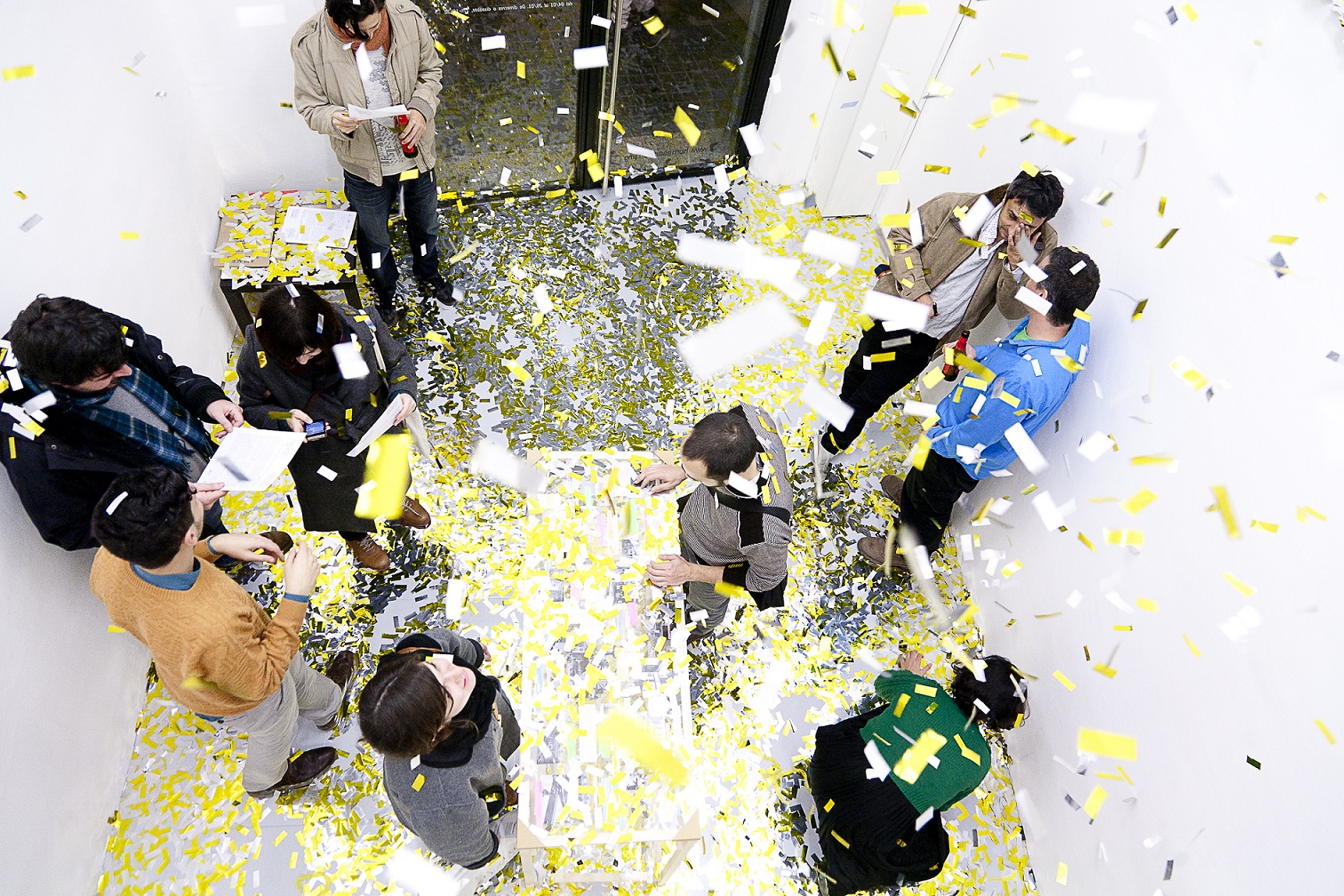We have not declared ourselves as a pedagogical project, but in retrospect, we realize that there is something implicit in No hacer nada. When we invite artists to collaborate in a project, the process and the way we relate to each other is different from what might exist in an artist/curator relationship, because the roles of each party may already be very well defined. Being an artist/artist relationship, we have another way of approaching the processes and interests of the people we invite to collaborate. Questions, suggestions, comments, and references arise from both sides of the conversation. In this way, we are in constant feedback.
This dialogue and learning does not only happen between No hacer nada/collaborators, but also collaborator/collaborator, because putting all these people together, who perhaps did not know each other before, to show their work together, or to think about something in common, generates interesting dialogues that we can all be part of.
On the other hand, one of No hacer nada's main interests has been to think and look for exhibition devices outside the norm. We do not have a fixed physical space, we do not have a comfort zone, so each collaboration involves working with a different space, with different characteristics, which is also a constant learning of improvisation, problem-solving, and working with the possibilities and restrictions offered by the environment.










